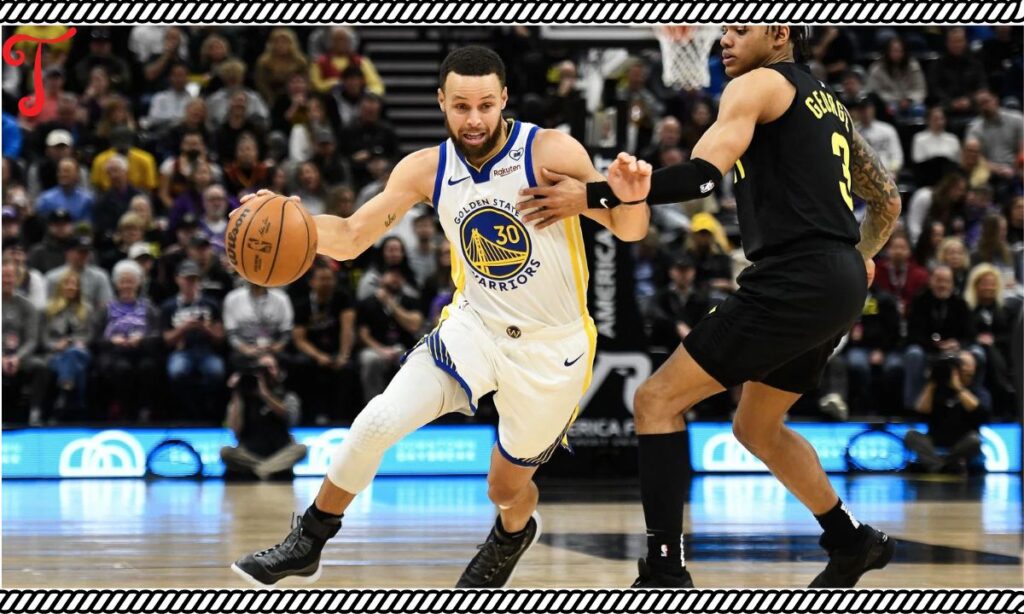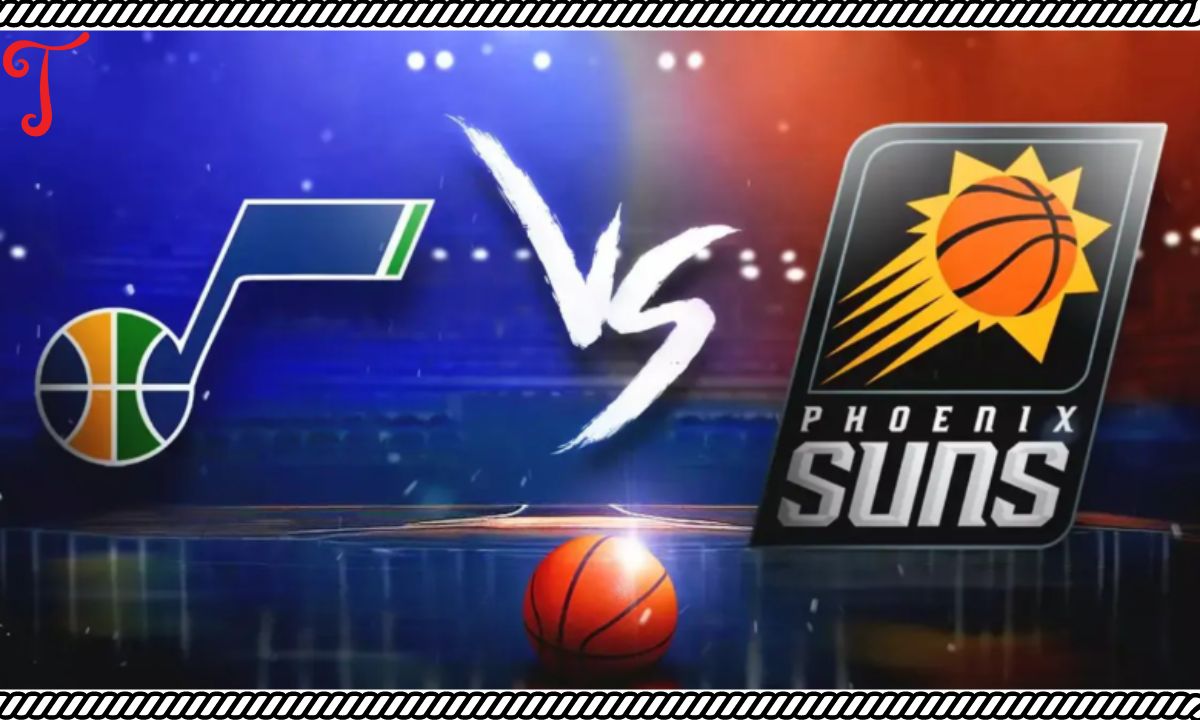The Phoenix Suns and Utah Jazz rivalry has been a source of excitement for NBA fans. Recent matchups have showcased the teams’ strengths and weaknesses.
This article delves into the player stats and team performances from two significant games. We’ll explore the standout players, key moments, and overall team dynamics.
Phoenix Suns vs Utah Jazz Match Player Stats October 28, 2023
The Phoenix Suns dominated the Utah Jazz with a final score of 126-104. Malik Beasley was the standout performer for the Suns, scoring a season-high 27 points. His incredible shooting included seven 3-pointers, showcasing his accuracy from beyond the arc.
Other key contributors for the Suns included Deandre Ayton and Mikal Bridges, each scoring 17 points. Torrey Craig came off the bench to add 16 points, providing a significant boost to the team’s offense.
Phoenix Suns’ Standout Performances
The October 28 game was a display of the Suns’ offensive prowess. Malik Beasley led the charge with a season-high 27 points. His performance included seven 3-pointers, demonstrating his sharpshooting abilities. Deandre Ayton and Mikal Bridges each contributed 17 points to the team’s success.
Ayton’s presence in the paint was crucial for both scoring and rebounding. Bridges showcased his versatility on both ends of the court. Torrey Craig came off the bench to add 16 points, providing a spark to the team’s offense.
Utah Jazz’s Performance Overview
While specific stats for Jazz players are unavailable, the team put up a fight. The high-scoring nature of the game suggests active participation from multiple Jazz players. Their efforts, though ultimately falling short, contributed to an exciting matchup.
Phoenix Suns vs Utah Jazz Match Player Stats February 8, 2024

The Phoenix Suns continued their success against the Utah Jazz, winning with a score of 129-115. While specific player stats weren’t provided, the high score indicates strong offensive performances from multiple Suns players.
For the Jazz, despite the loss, their 115-point total suggests strong individual performances from their key players. Players like Lauri Markkanen and Jordan Clarkson probably made significant contributions.
Phoenix Suns’ Contributions
The February game saw another strong performance from the Suns. While detailed stats are lacking, the team’s 129-point total indicates a well-rounded offensive effort. Key players like Devin Booker and Chris Paul likely played significant roles in orchestrating the team’s success.
The Suns’ ability to maintain a 14-point lead throughout the game speaks to their consistency. Their performance showcased the team’s depth and ability to execute their game plan effectively.
Utah Jazz: A Broader Perspective
The Jazz, despite the loss, put up 115 points. This score suggests strong individual performances from their key players. Without specific stats, we can infer that players like Lauri Markkanen and Jordan Clarkson likely made significant contributions.
The Jazz’s ability to keep the game relatively close demonstrates their competitive spirit. Their performance, while not resulting in a win, showed the team’s potential and areas for growth.
Comparative Analysis Suns vs. Jazz

The Suns’ offensive strategy relies heavily on perimeter shooting and efficient use of their big men. Their ability to spread the floor and create scoring opportunities from various positions is a key strength.
Defensively, the Suns showed their ability to make crucial stops when needed. Players like Mikal Bridges likely played key roles in disrupting the Jazz’s offensive rhythm. The Jazz, while struggling to contain the Suns’ offense, had moments of strong defensive play.
Offensive Strategies and Player Contributions
The Suns’ offensive strategy relies heavily on perimeter shooting and efficient use of their big men. Malik Beasley’s performance in the October game exemplifies this approach. The team’s ability to spread the floor and create scoring opportunities from various positions is a key strength.
Utah’s offensive approach seems more balanced. They likely aimed to utilize both inside and outside scoring threats. This strategy, while effective in keeping the games competitive, fell short against the Suns’ high-powered offense.
Both teams demonstrate the importance of having multiple scoring options. The Suns’ ability to get hot from beyond the arc proved to be a deciding factor in these matchups.
Read This Blog: Knicks vs 76ers Match Player Stats
Defensive Efforts and Key Moments
Defensively, the Suns showed their ability to make crucial stops when needed. Players like Mikal Bridges likely played key roles in disrupting the Jazz’s offensive rhythm. The team’s ability to turn defensive stops into quick offensive opportunities was probably a significant factor in their success.
The Jazz, while struggling to contain the Suns’ offense, likely had moments of strong defensive play. Their ability to keep the games relatively close suggests periods of effective defensive strategies.
Key moments in these games often revolve around runs of consecutive stops or scores. The Suns’ ability to string together such runs, particularly from beyond the arc, was likely a deciding factor in both victories.
Player Development and Future Outlook

Both teams boast promising young talent that could shape their future success. For the Suns, players like Cameron Johnson and Jaden Ivey represent the next generation of talent. The Jazz, with young players such as Ochai Agbaji and Collin Sexton, have a solid foundation for future growth.
The emergence of young talent on both sides adds an intriguing dimension to this rivalry. As these players grow and take on larger roles, the dynamics of the Suns-Jazz matchups could evolve significantly.
Rising Stars and Emerging Talent
Both teams boast promising young talent that could shape their future success. For the Suns, players like Cameron Johnson and Jaden Ivey represent the next generation of talent. Their development and integration into the team’s core will be crucial for sustained success.
The Jazz, with young players like Ochai Agbaji and Collin Sexton, have a solid foundation for future growth. These players’ continued development could shift the balance in future matchups between these teams.
The emergence of young talent on both sides adds an intriguing dimension to this rivalry. As these players grow and take on larger roles, the dynamics of the Suns-Jazz matchups could evolve significantly.
Read This Blog: Dallas Mavericks vs. Clippers Match Player Stats
Team Dynamics and Strategic Adjustments
The Suns’ success in these games demonstrates their ability to execute their game plan effectively. Their team chemistry, particularly in offensive sets, seems to be a strong point. The team’s ability to adapt to the Jazz’s defensive strategies mid-game likely played a role in their victories.
For the Jazz, these games highlight areas for strategic adjustment. Their ability to compete offensively suggests a solid foundation. However, finding ways to disrupt the Suns’ offensive rhythm will be key in future matchups.
Both teams will likely continue to refine their strategies based on these encounters. The chess match between coaching staffs, adjusting to each other’s strengths and weaknesses, adds an exciting layer to this rivalry.
Frequently Asked Questions
Who was the top scorer in the October 28, 2023 game?
Malik Beasley led the scoring with 27 points for the Phoenix Suns.
What was the final score of the February 8, 2024 game?
The final score was Phoenix Suns 129, Utah Jazz 115.
Which players are considered rising stars for the Suns?
Cameron Johnson and Jaden Ivey are among the promising young talents for the Phoenix Suns.
How did the Jazz’s offensive strategy differ from the Suns’?
The Jazz seemed to employ a more balanced inside-outside approach, while the Suns relied heavily on perimeter shooting and efficient use of their big men.
What role did defensive efforts play in these matchups?
Defensive efforts, particularly the Suns’ ability to make crucial stops and turn them into offensive opportunities, played a significant role in determining the outcomes of these games.
Conclusion
The recent matchups between the Phoenix Suns and Utah Jazz have showcased the strengths and areas for improvement of both teams. The Suns’ victories in both games highlight their offensive firepower and ability to execute their game plan effectively.
For the Jazz, these games provide valuable insights into areas for growth and strategic adjustment. While they showed the ability to compete offensively, finding ways to disrupt the Suns’ rhythm will be crucial in future encounters.

Sahar is a talented content writer and digital marketer with expertise in SEO, social media management, and online marketing. She excels at creating impactful, data-driven content to help businesses connect with their target audience and achieve measurable outcomes.





